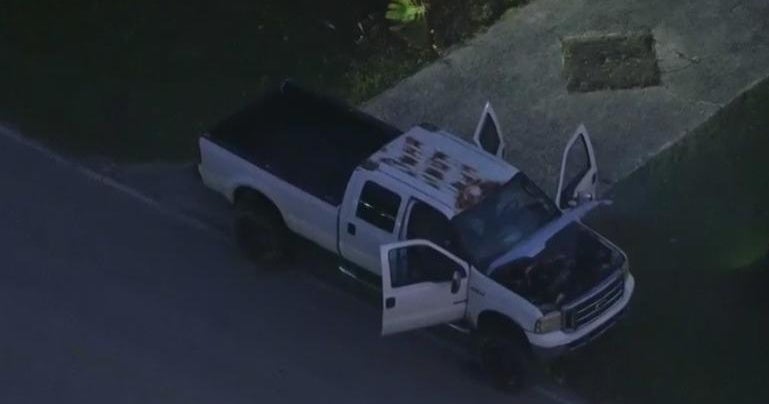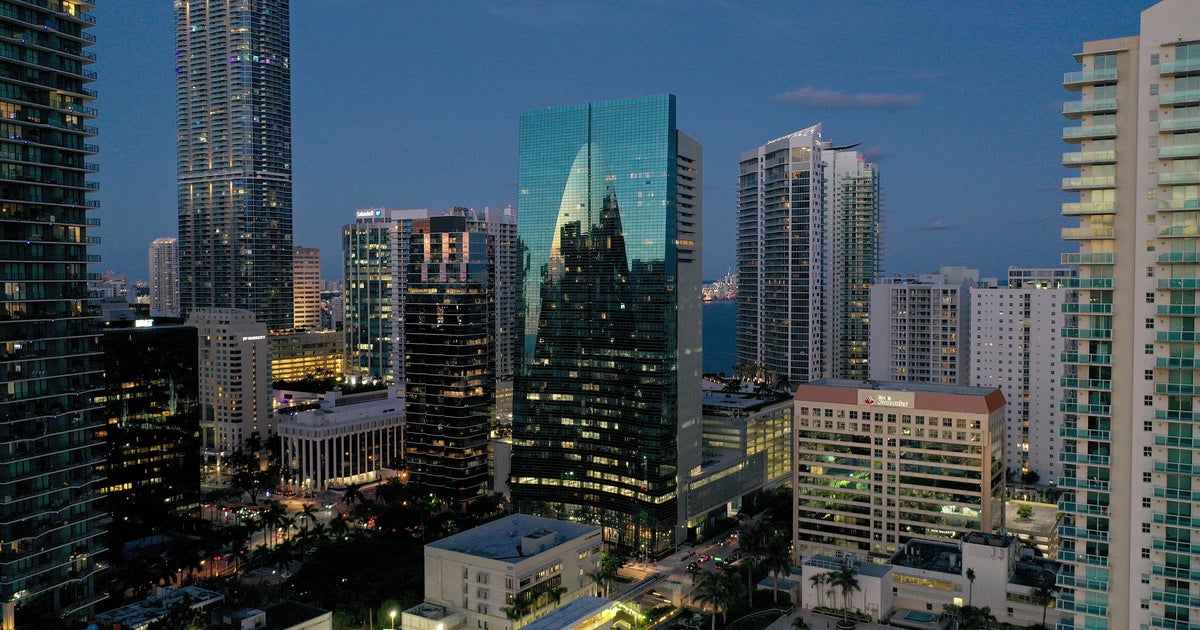Historic Dig Revealing Miami's Rich And Lengthy History
MIAMI (CBS4) - Among skyscrapers and cranes in Downtown Miami, archaeologists have been quietly working on a secret dig. Bob Carr with the Archaeological and Historical Conservancy finally spilled the details this week on what he's been so busy doing since November.
CBS4 toured the site Tuesday. Carr pointed to a man scraping the bottom of a six foot hole and told CBS4, "He's at Miami 1000 AD, at that depth and location. Everything he's finding in that black soil dates back to the Tequesta."
Tequesta, as in Miami's original Indian inhabitants. He showed off a box full of artifacts complete with an axe, nails, musket ammunition, and a sharks tooth with a perfect hole drilled in it. It appears to be from a necklace.
"Actually you would think these are ornaments but actually these were composite knives," Carr said. "They would latch these to little wooden handles and use them for cutting tools."
The dig, ordered by Miami city law, is on the future site of Metropolitan Miami's new movie theater. Before the theater can go up, the site must be excavated first.
The location is actually a piece of Miami that is quite storied. Pictures of the site from 100 years ago are quite remarkable. It was around the time a railroad tycoon named Henry Flagler arrived and opened up a 450-room hotel.
"The Royal Palm Hotel was built in 1896 and it opened in 1897. It was really the singular building in early Miami. The rich and famous came there, especially from the East Coast," historian Paul George said.
Photos from HistoryMiami reveal a lavish lifestyle. Guests spent their days in the pool, at the bowling alley, and dining in a hall for 500. It was quite ahead of it's time.
"This was an aberration. A five-star hotel plunked down in the middle of a little frontier town is what it represented," George said.
To build the hotel, the developers moved fill and rock into the bay creating more land. The actual shoreline prior to the hotel is about a block or two west from the current coastline.
Pictures from 1896 documented men using wheelbarrows to move rock and fill to create the new site that eventually One Miami, Miami's Intercontinental Hotel, and Met 1 now sit on.
Two months into their dig archaeologist have discovered rocks from the fill project. In turn, they are now revealing Miami's original coastline. Carr pointed to a pile of rocks and said, "This is Miami 1926 right here. So you are looking at the first efforts to expand the shoreline and create new real estate."
After the great hurricane of 1926, the hotel quickly fell into disrepair. Eventually it was burned to the ground. Decades later it was paved over for a parking lot.
The area was largely neglected until the most recent downtown renaissance. Carr is now working to peel back time.
"History is all through this city. People think of this as a new city. A city created by developers, but in truth people have been living here for at least 4-5 thousand years. And as you get closer to the river, to the bay, the historic shoreline you start to find that evidence," he said.
Most of the artifacts that are being found here are being taken over to HistoryMiami for the public to enjoy. They expect to wrap all of this up by some time this summer. The movie theater is slated to open toward the end of 2014/early 2015.



